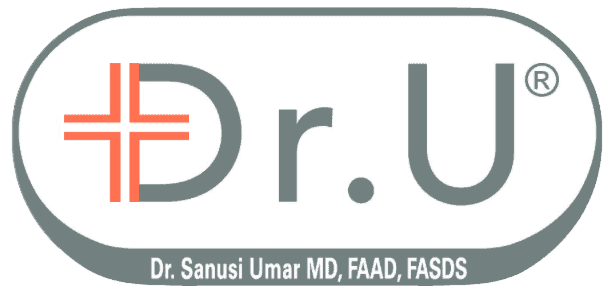Currently there are several main acne scar treatment modalities that are available for helping individuals achieve improved skin texture. These are discussed by Dr. Umar in the video below. However, it is important that you first understand how acne scars form. This will give you a better insight into why certain approaches are more likely to work than others.
Acne Scars and How They Develop
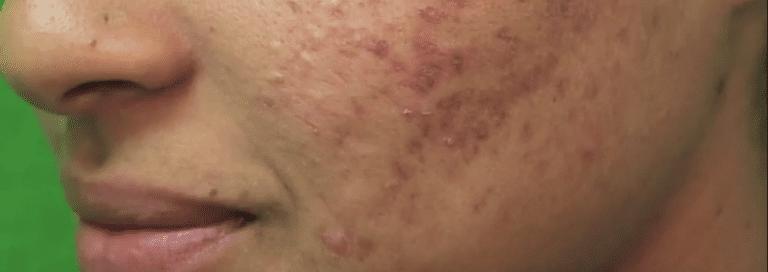
In severe cases of acne, larger quantities of oil are secreted by the skin. This creates an environment for more bacteria to thrive and proliferate. When this happens, your own immune system is signaled to call forth specialized cells that will engulf them. This process creates an inflammatory reaction in your skin. The tissue structures, like the walls of the hair follicles and skin pores to swell and even tear. Your skin tries to repair itself by producing thick, rubbery bundles of collagen to heal and protect itself against further damage. This type of collagen is what you see as acne scars.
Acne Scar Treatment Modalities
Before addressing the actual acne scars themselves, Dr. Umar recommends clearing existing acne as best as possible. Otherwise, additional scar tissue will continue to form.
In the video, Dr. Umar discusses the four main types of acne scar treatment types that are available.
1. Get Rid of Acne Scars With Dermabrasion
With dermabrasion, the outer layer of the skin is treated through processes much like sanding. Dr. Umar describes two types:
Does Microdermabrasion Improve Acne Scars?
Microdermabrasion is where the very external layer of the skin is exfoliated with tiny granules, similar to facials. Since acne scars are made of thickened collagen that is interwoven into the skin, this will be an ineffective approach that will not get rid of the scar tissue itself.
Surgical Dermabrasion for Removing Acne Scars
Regular dermabrasion is a far more invasive procedure. This form of acne treatment needs to be performed by a licensed physician since it involves a deeper level of sanding and exfoliation to actually ablate and remove the top layer of the skin. However, the procedure should not be done on ethnic patients due to the high risk of developing scars and permanent pigmentation issues. The best candidates are Caucasians with very light skin.
2.Treating Acne Scars With Chemical Peels
Chemical peels use specially prepared solutions to penetrate below the skin’s surface and start the process of removing the outer layer. However, it is difficult to predict or control the actual depth of the chemicals used.
This form of acne scar treatment is not recommended for many skin types due to the risk of incurring many types of complications, like dark spots and even various forms of damage.
3. Using Lasers for Removing Acne Scars
In the video, Dr. Umar explains his general strategy for treating a wide area of skin at once before addressing the smaller details. Lasers are a good choice to start with. They work by inflicting controlled burns which stimulates the skin to heal itself by producing normal collagen. This tissue works to smooths out the acne scars, making them less noticeable.
Lasers offer a much safer choice compared to chemicals. Doctors can adjust the settings to precisely control the depth of the laser beam. There is a much smaller overall risk of complications and patients can expect to improve acne scars by about 60-70%.
While some lasers are ideal for fair-skinned type I-II individuals such as. CO2 lasers, there are others which are also safe and effective for patients of color, like the Fraxel Dual. Fraxel Dual uses two laser wavelengths, 1550 nm and 1927 nm.
Patients with darker skin will have higher concentrations of melanin, causing them to readily absorb laser energy which will overheat their skin. With Fraxel Dual’s specialized wavelengths, this reaction will not occur.
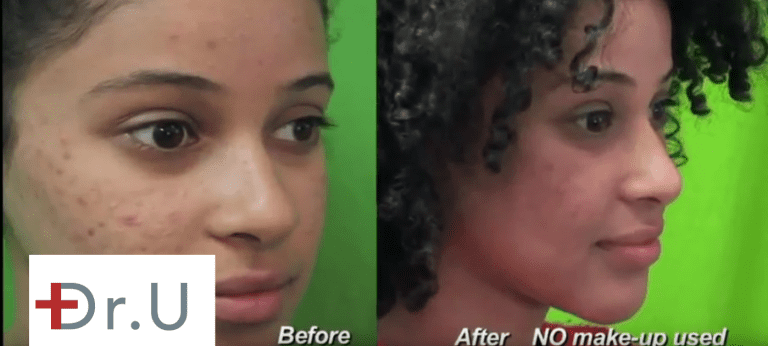
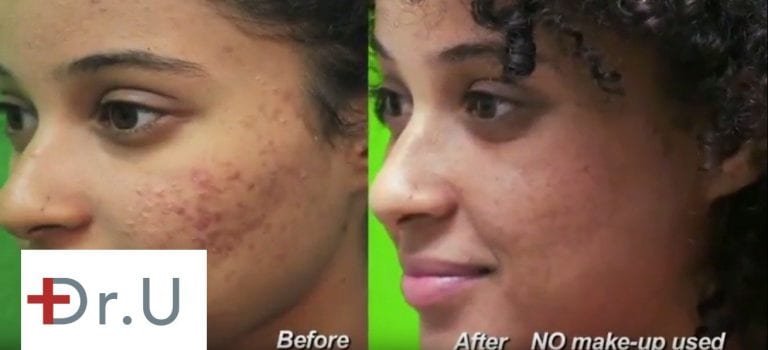
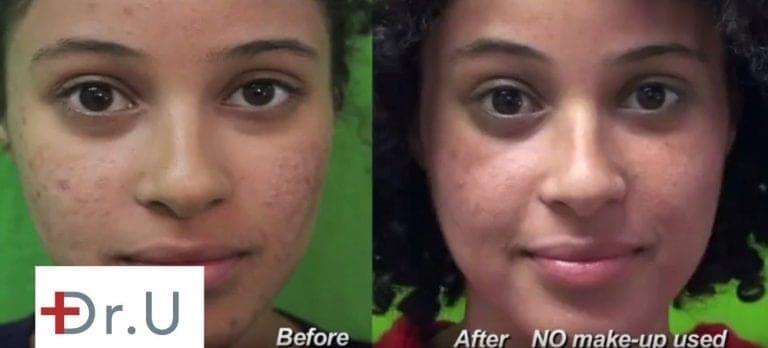
Patients of all skin types can expect to undergo at least 3-5 acne scar treatment sessions.
4. Improve Acne Scars with Surgery
Once the general skin area has been refined and made smoother with laser, specific areas of acne scars can be improved with surgical treatments, such as punch excisions and other forms of removal.
Finding the best form of treatment for acne scars involves understanding how they are formed by the skin in the first place.
With this perspective, certain treatments will clearly make more sense than others to get the improvement that you truly want.
To speak to Dr. Umar about an effective acne scar treatment, click this button for a complimentary consultation.
